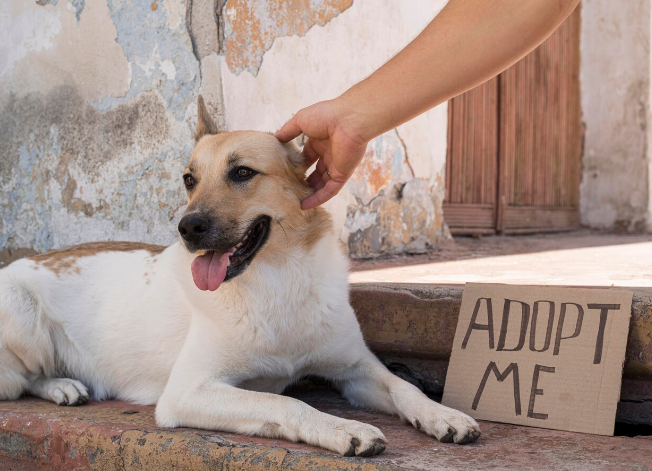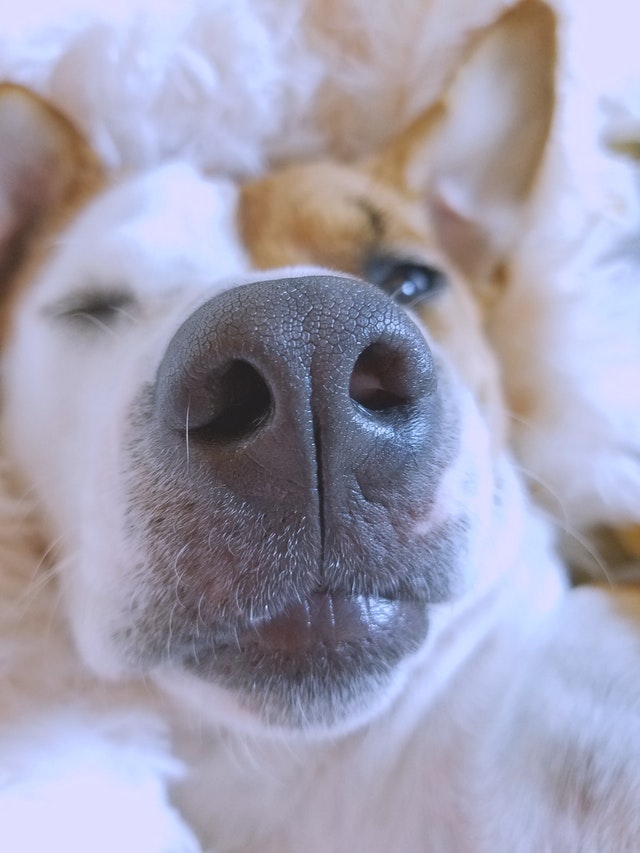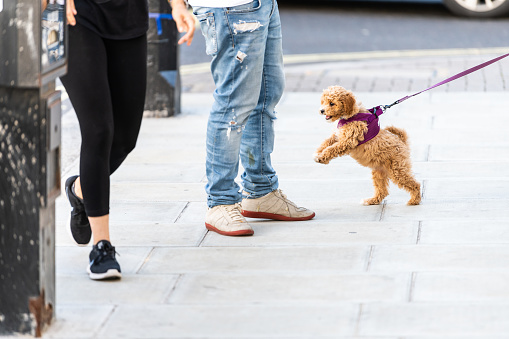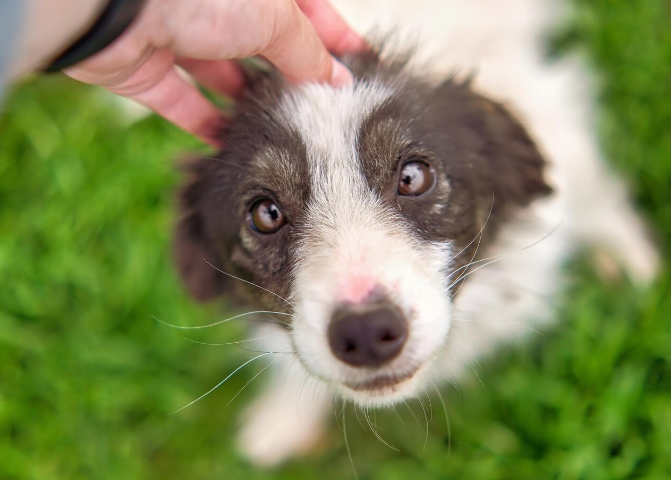
Panting is a natural function of the dog’s body that allows it to cool in the summer heat and it is not something most of us pay close attention to. The dog may pant after a good exercise or a long chase after the local squirrel and cat population. However, deep abdominal breathing that is both continuous and heavy should be interpreted as a sign of a health problem.
Veterinarians describe normal panting as quick, shallow breathing that speeds up the evaporation of water from the tongue and the upper part of the respiratory tract. Your dog does not sweat like you and needs to evaporate water through its mouth to cool down. You may want to know that dogs have sweat glands in their ears and under their paws, but they are not particularly helpful in the summertime.
As mentioned above, your dog may pant after a good run or a rough playtime. That type of panting is normal, but if your dog is panting severely without a good reason you should take a closer look at your pooch. If you notice that your dog is panting loudly while pacing and shaking there is a good chance that they are overheated or have a health problem. Keep reading to find the most common reasons for dogs to pant and shake.
Pain
Dogs communicate pain by whining, a tail tucked between their legs, low appetite and just laying in a quiet corner. Unfortunately, your paw partner may not be very good at this and you might notice that he is not as active as before but he wags his tail and gives you a smile after a gentle pat. That is why if you see your dog panting and shaking a lot it could mean your dog has been in pain for some time and can not hide it anymore. It is recommended to give your dog a good pat-down after a walk in the park or the dog yard to see if your dog has not sustained an injury while he was playing around. Consider calling your veterinarian and making an appointment. In the meantime, make sure your dog is hydrated, has eaten properly, and does not have an open wound anywhere.
Obesity
Overweight dogs deal with the same problems as their human counterparts. Those extra pounds will make it harder for their body to have fresh and oxygenated blood to circulate their organs. If your dog walks for about 15 minutes and then lies down to pant – that is a bad sign. It is recommended to consult your vet for a good diet and an exercise program that will help with reducing the panting and shaking. The good health of your dog is your responsibility if you want to enjoy many more years of eating and playing together.
Bad Reaction to Medication
Dogs who have recently begun taking medication could display adverse reactions to their medicine. The common culprits are pointed as anti-anxiety drugs, steroids, and cancer treatments.
Kidney Problems
High blood pressure, panting, and shaking can be signs of kidney disease. These signs could be combined with coughing and frequent urination. You should call your vet as soon as possible and run tests so the issue can’t become more severe than it already is.
You Have a Flat-Faced Breed
The Brachycephalic (Flat-Faced) breeds have been known to have breathing problems which are referred to by professionals as Brachycephalic Airway Obstructive Syndrome (BAOS). Their inefficient breathing is the main cause of heatstroke. If your dog’s gums look lighter or darker than normal or they have a blue hue to them that means your dog is not sufficiently oxygenated and you need to call your vet as soon as possible.
Stress and Anxiety
Some dogs react with panting and shaking to stress. Fortunately, you have options to alleviate this condition quickly. Take your dog to a safe place, somewhere free of potential stress factors like other dogs and people who may play rough with an animal. Give your dog plenty of hugs and stay close to them until they relax. Separation anxiety can trigger shaking and panting too. Remember to train your dog to tolerate your absence from a young age.
Low Blood Sugar
This condition can be very serious and is usually encountered in small breeds. It is recommended to have tasty treats on your person when possible in case your dog needs a bit of energy. Dogs that have blood sugar can become wobbly, lack balance, pant, and shake. Don’t miss vet appointments and do bloodwork at least once a year to stay ahead of severe health problems.
Digestive Issues
Dogs will try to eat everything of interest to them. While this peculiarity will make them a valuable addition to any fantasy story, the real-world consequences can be disastrous. Don’t let your dog near carcasses, questionable water sources, and trash piles as they might eat or drink something foul. If the dog’s bowels are clogged or they have stomach pain you are likely to see shaking, panting, whining, and failure to defecate when you are out for potty. You need to take your dog to the nearest veterinarian for a check as soon as possible.
Heart and Lung Problems
The lack of a good oxygen supply could lead your dog to pant heavily for a long period. This on its own can indicate potential heart and lung problems. If your dog’s tissues are not receiving enough oxygen, the dog may be lethargic, lack appetite, pant often, and not be hydrated enough. Coughing can be a reliable tell too. Don’t forget to check your dog’s gums — if they are blue-ish and its tongue is purple instead of pink — go to your vet and have your dog properly treated.
Cushing's Disease
The disease is plaguing humans as well as dogs. Put simply, the dog’s adrenal glands produce abnormal quantities of the hormone cortisol. It is used by the body to regulate blood sugar levels, blood pressure, sleep/wake cycle, and the processing of carbohydrates, fats, and proteins. Dogs affected by Cushing's Disease appear with increased appetite, increase thirst, low energy levels, and are known to urinate frequently. You need to consult your vet on the best treatment and diet.
When Is the Panting and Shaking an Emergency?
Low appetite, drooling, wheezing, gagging, whining, continuous shaking, and panting for more than 15 minutes are sure signs of a disconcerting health problem that should be addressed as soon as possible. Call the nearest vet clinic and take your dog for a check. The veterinarian will check your dog’s heart rate and respiratory rate. The veterinarian will use a pulse oximeter to measure the oxygen saturation in your dog's blood. If these values are normal, they will have to do bloodwork and consider using ultrasound or radiograph. The extra information will allow for a better diagnosis and the right treatment to have your paw partner back to normal.












